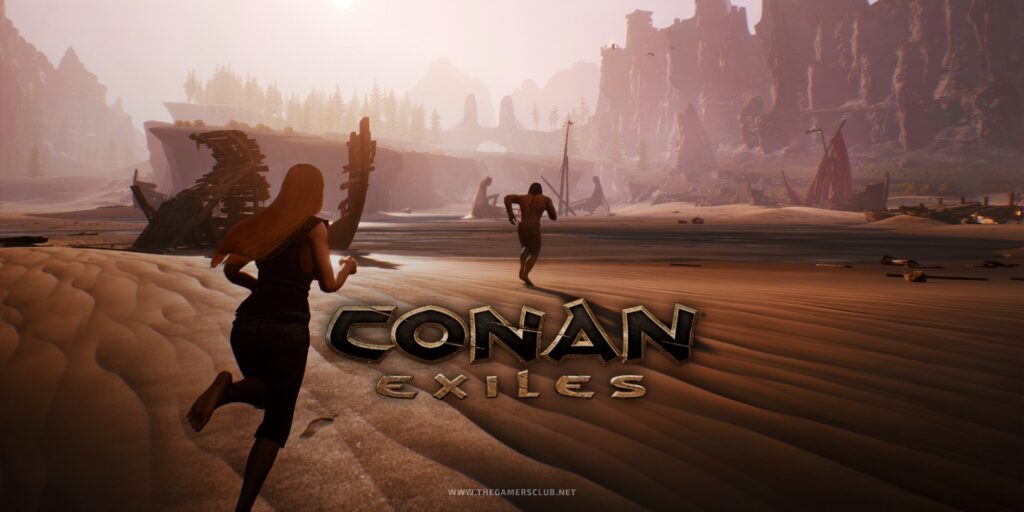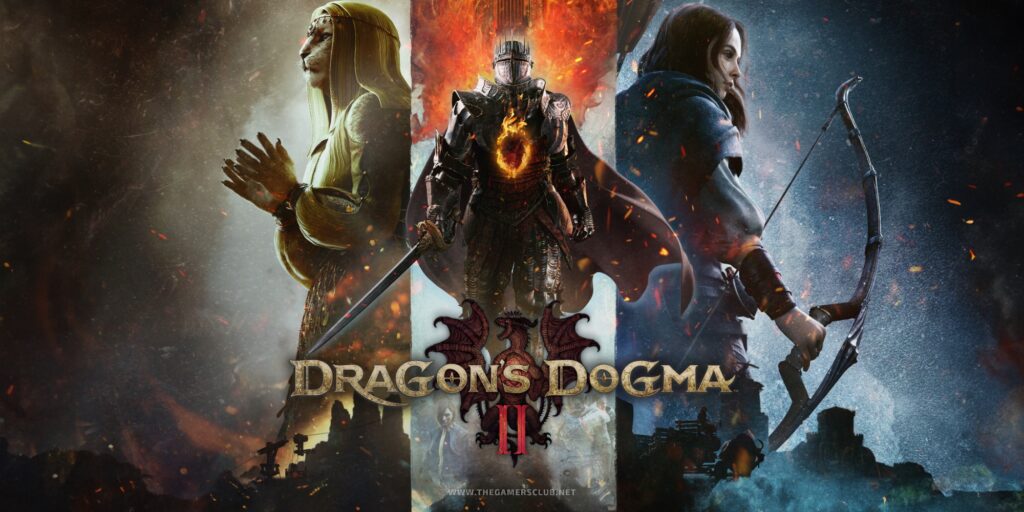One of the first places to see technology trends in action is in the $90 billion global video games industry. Artificial intelligence (AI), virtual and augmented reality (VR/AR), blockchain, and even today’s hottest buzzword – metaverse – all represent this trend. Yes, the metaverse is a trend in gaming and beyond.

In today’s gaming world, players explore realistic 3D worlds and interact in real time with thousands of other players. The latest technology is used by games developers, from powerful computers to ultra-fast 5G and cloud networking. Let’s take a look at some of the most promising and significant trends impacting gaming over the next year:
Cloud gaming:
This is an innovative way of delivering games that does not require expensive and power-hungry hardware such as consoles or PC GPUs. Instead, everything takes place in the cloud data center, and the output is streamed to the user’s device. This allows gamers to access a wide range of games without buying or upgrading their systems. Some of the major players in this field are Microsoft, Sony, Google, Nvidia, Tencent, and Amazon.
Extended reality (XR):
This term encompasses augmented reality (AR), virtual reality (VR), and mixed reality (MR). These technologies enhance gamers’ immersion and interaction with the virtual worlds they explore. VR is leading the way in changing the gaming industry, while AR gaming has gained popularity with games like Pokemon Go. MR combines elements of both VR and AR to create a hybrid experience. Some of the challenges facing XR gaming are cost, accessibility, and content creation.
eSports:
This is a form of competitive gaming that involves organized tournaments and leagues for various video games. eSports is predicted to generate more than $1.6 billion in global revenue in 2024. It attracts millions of viewers and fans who watch live streams or attend events in stadiums. Some of the popular games in this genre are League of Legends, Dota 2, Counter-Strike: Global Offensive, and Fortnite. Some of the factors driving eSports growth are sponsorship deals, media rights, merchandise sales, and betting.
Metaverse:
This term refers to technologies that provide people with experiences to become part of connected digital worlds. Metaverse gaming is a type of gaming that takes place in these immersive virtual environments. It offers a 360-degree perspective and allows you to immerse you in action. You can play solo games against artificial intelligence or other players, or connect with friends to game, socialize, or experience other adventures. Metaverse games include Roblox, Minecraft, Fortnite, Axie Infinity, Decentraland, and Sandbox.
Mobile gaming:
This is one of the largest and fastest-growing segments of the gaming industry. Mobile gaming refers to playing games on smartphones or tablets. It offers convenience, accessibility, and affordability to gamers who can play anytime and anywhere. Mobile gaming also benefits from the rise of social media platforms, cloud gaming services, and 5G networks that enable faster and smoother gameplay. Some of the popular genres in this category are casual games, hyper-casual games, puzzle games, and strategy games.
Play-to-earn:
This is an emerging business model that allows gamers to earn money or cryptocurrency by playing games. It is based on blockchain technology that enables secure and transparent transactions and digital asset ownership. Play-to-earn games reward players for their time, skill, or contribution to the game’s ecosystem. Some examples of play-to-earn games are Axie Infinity, Splinterlands, Gods Unchained, and Decentraland.





